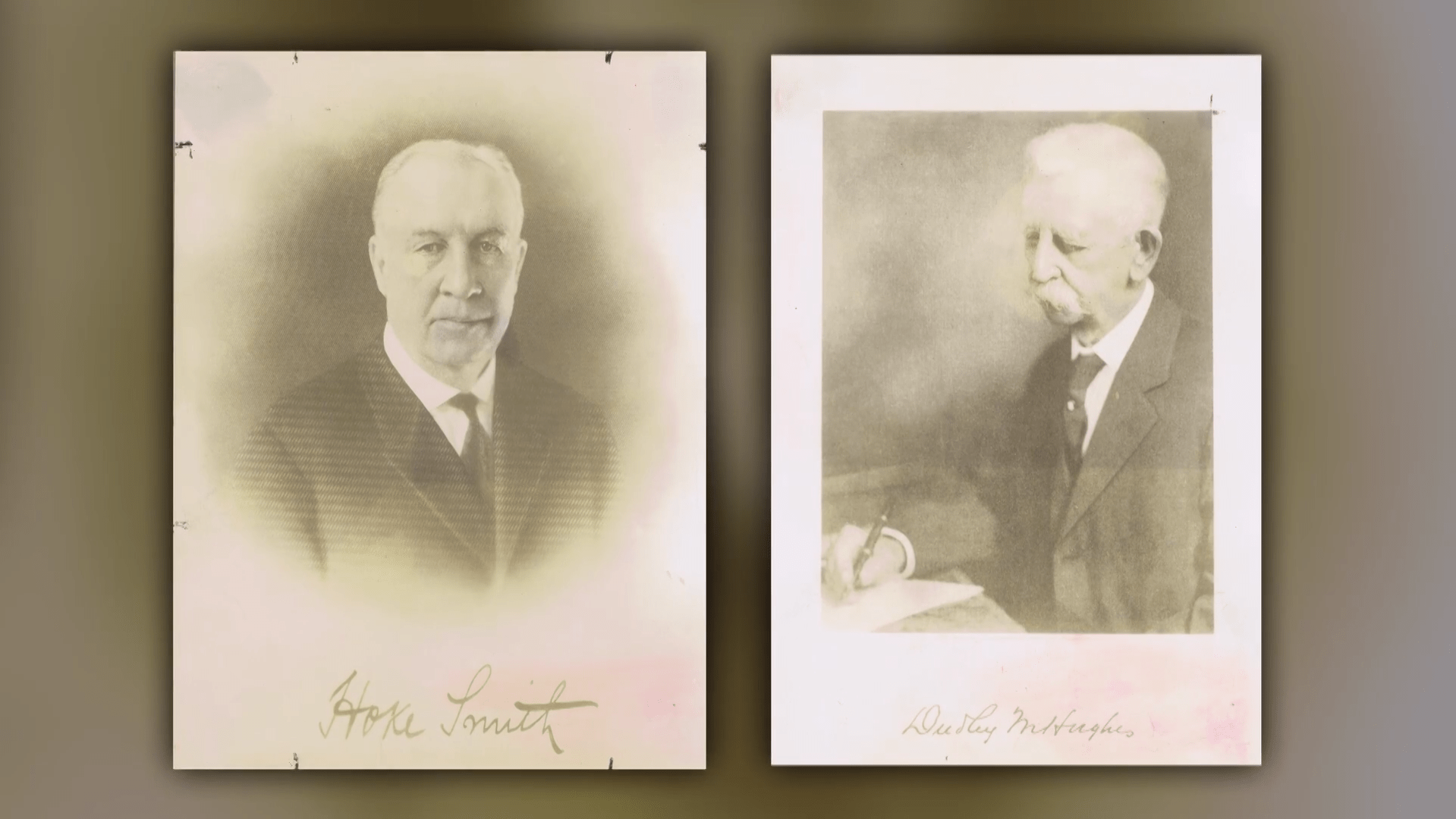Can you imagine an education system that didn’t offer a single animal science, horticulture or home economics class?
This was the reality for students in America in the early 20th century. Classroom education didn’t provide much practical use for students, especially those in rural areas where roughly three-quarters of all Americans lived and worked. School attendance numbers dwindled. In 1908, only three percent of all students attended high school and three percent attended college.
Noticing the drop-off, U.S. Senator Hoke Smith and Representative Dudley Hughes, both from Georgia, drafted the Smith-Hughes Act to make funds available to pay “the salaries of teachers, supervisors, and directors of agricultural subjects” such as “trade, home economics, and industrial subjects.” President Woodrow Wilson signed the act into law in 1917, and for the first time, there was a path to relevant career and technical education in America.
The act eventually empowered the development of FFA. In 1928, a group of vocational agriculture students met in Kansas City, Mo., during the American Royal Livestock Show. There, Future Farmers of America was formed.
This year, let’s celebrate a century of agricultural education in America’s schools and the progress the Smith-Hughes Act has granted students and agriculturalists worldwide.












